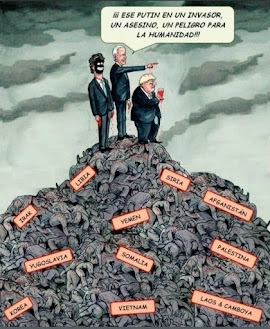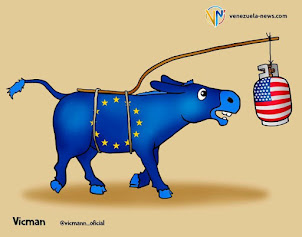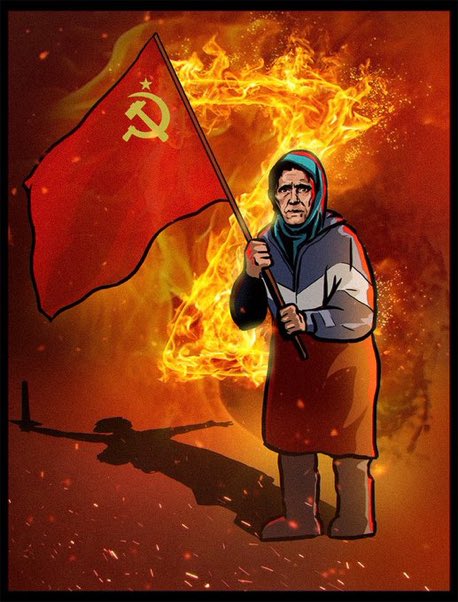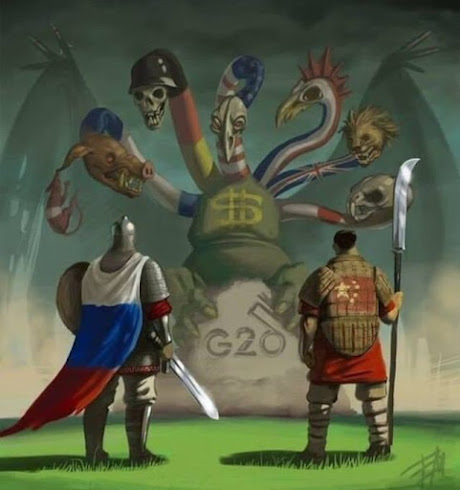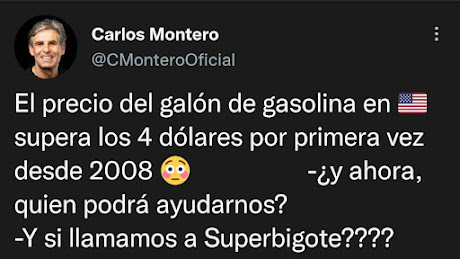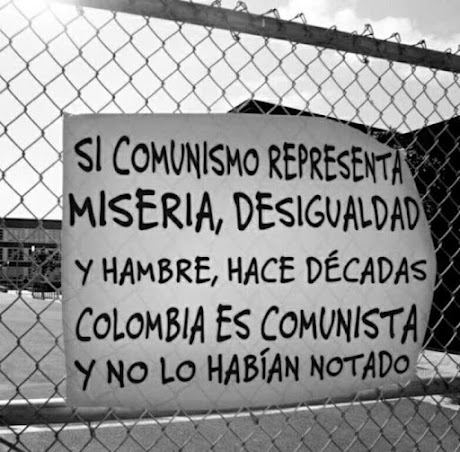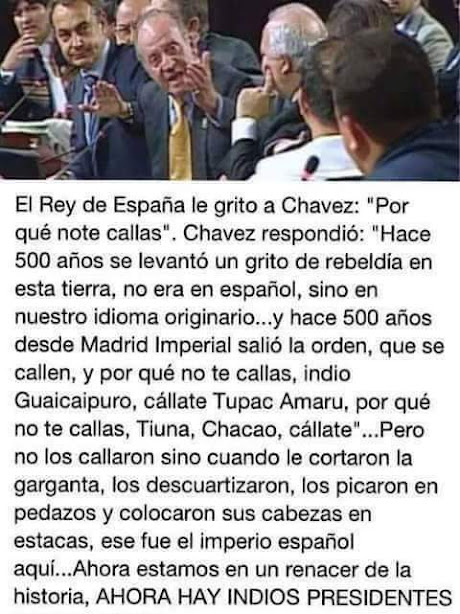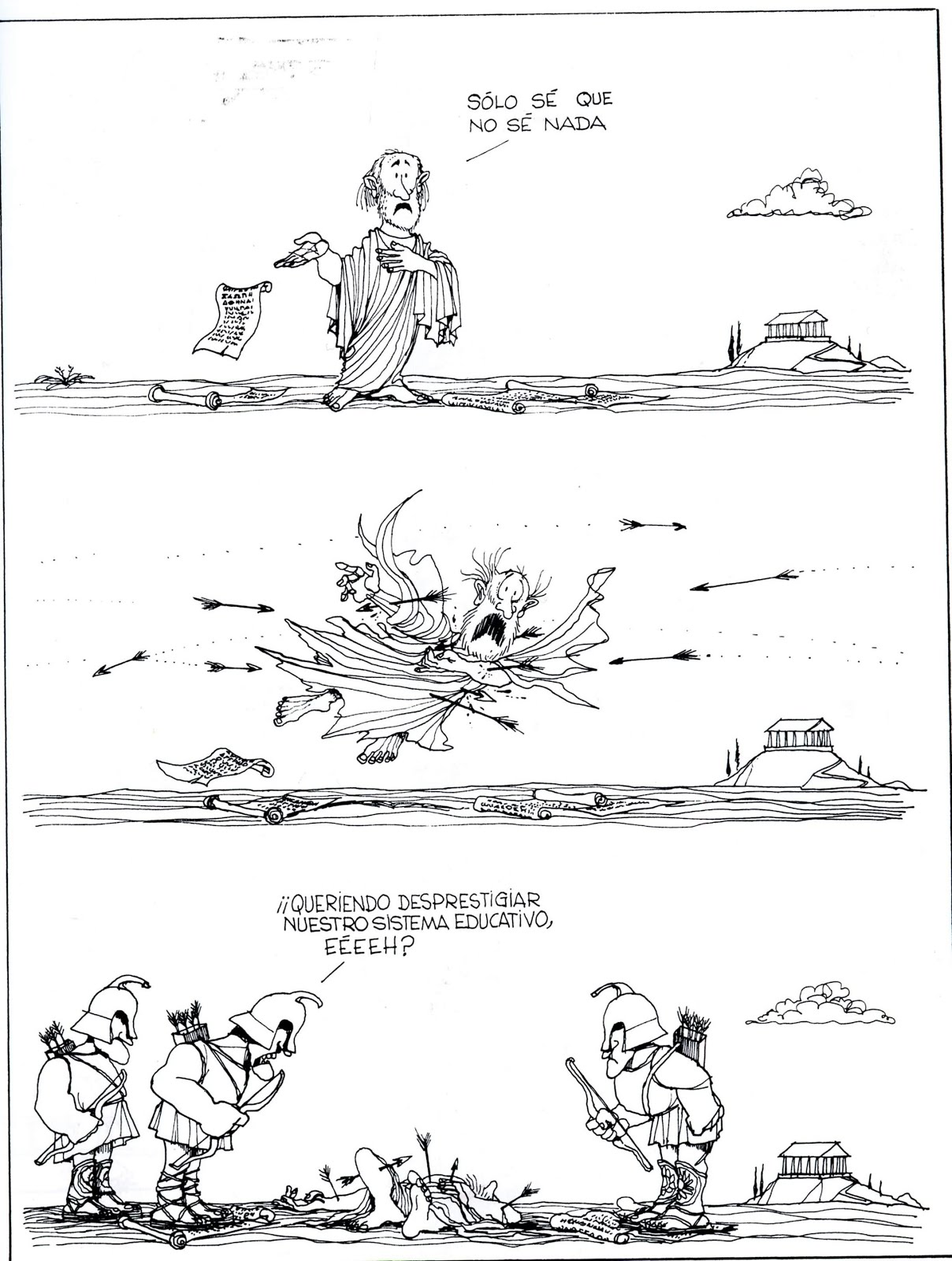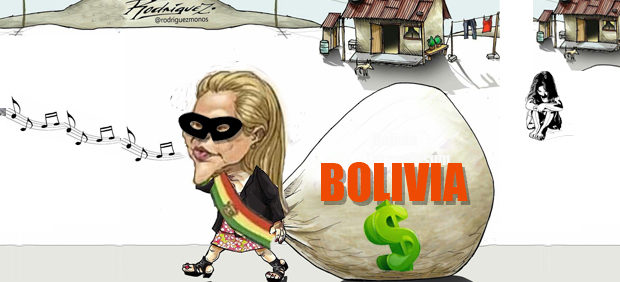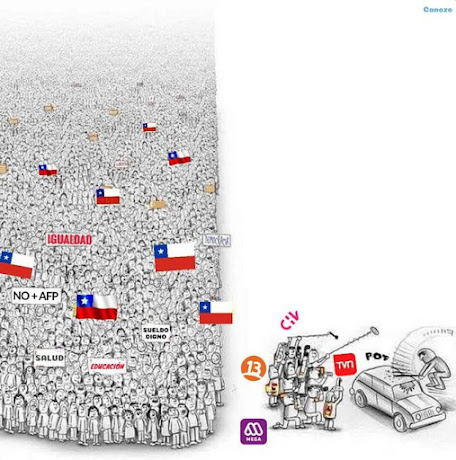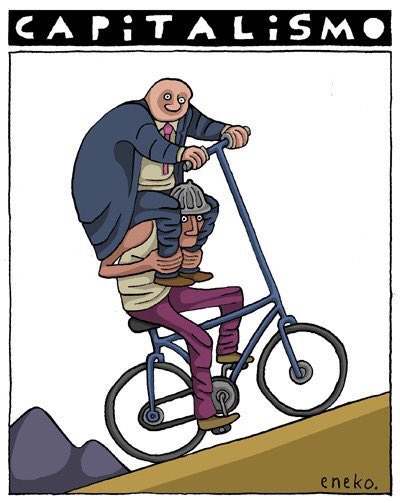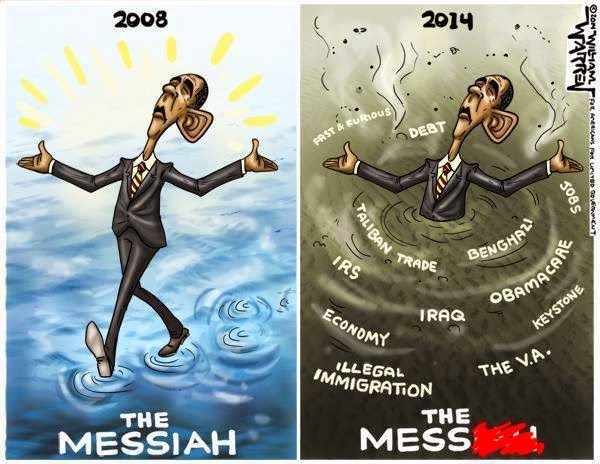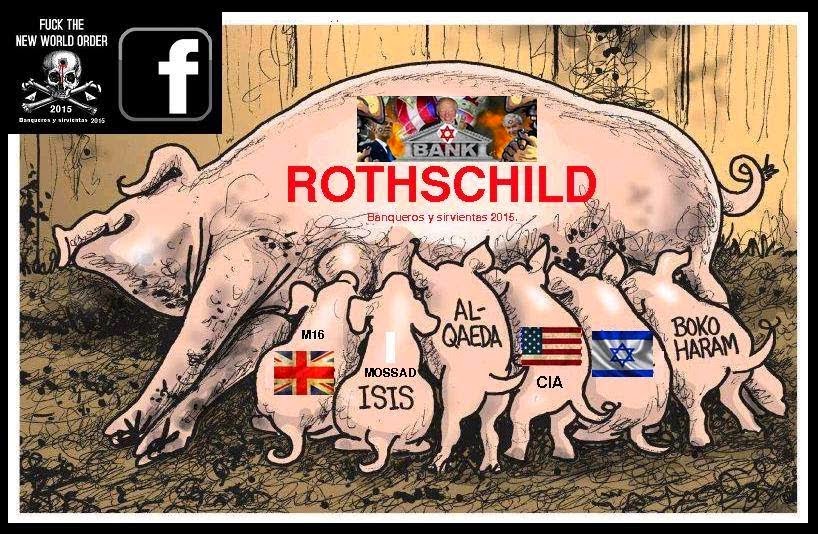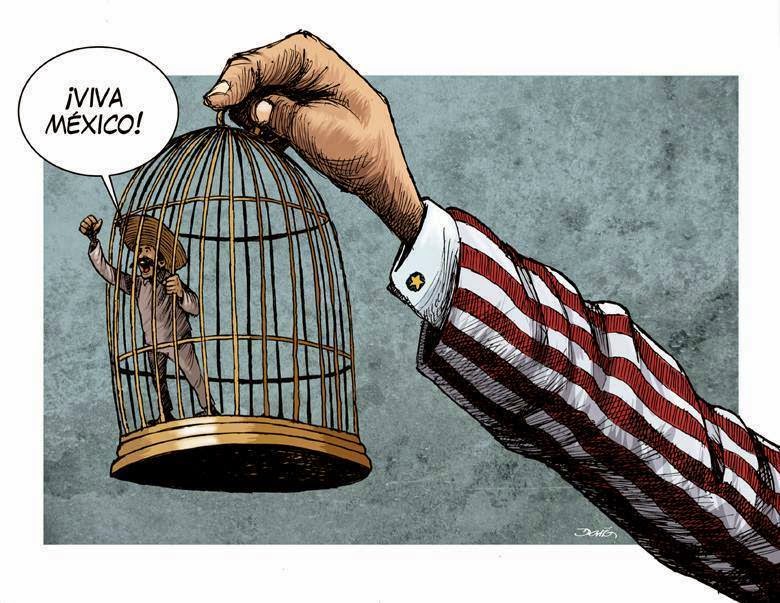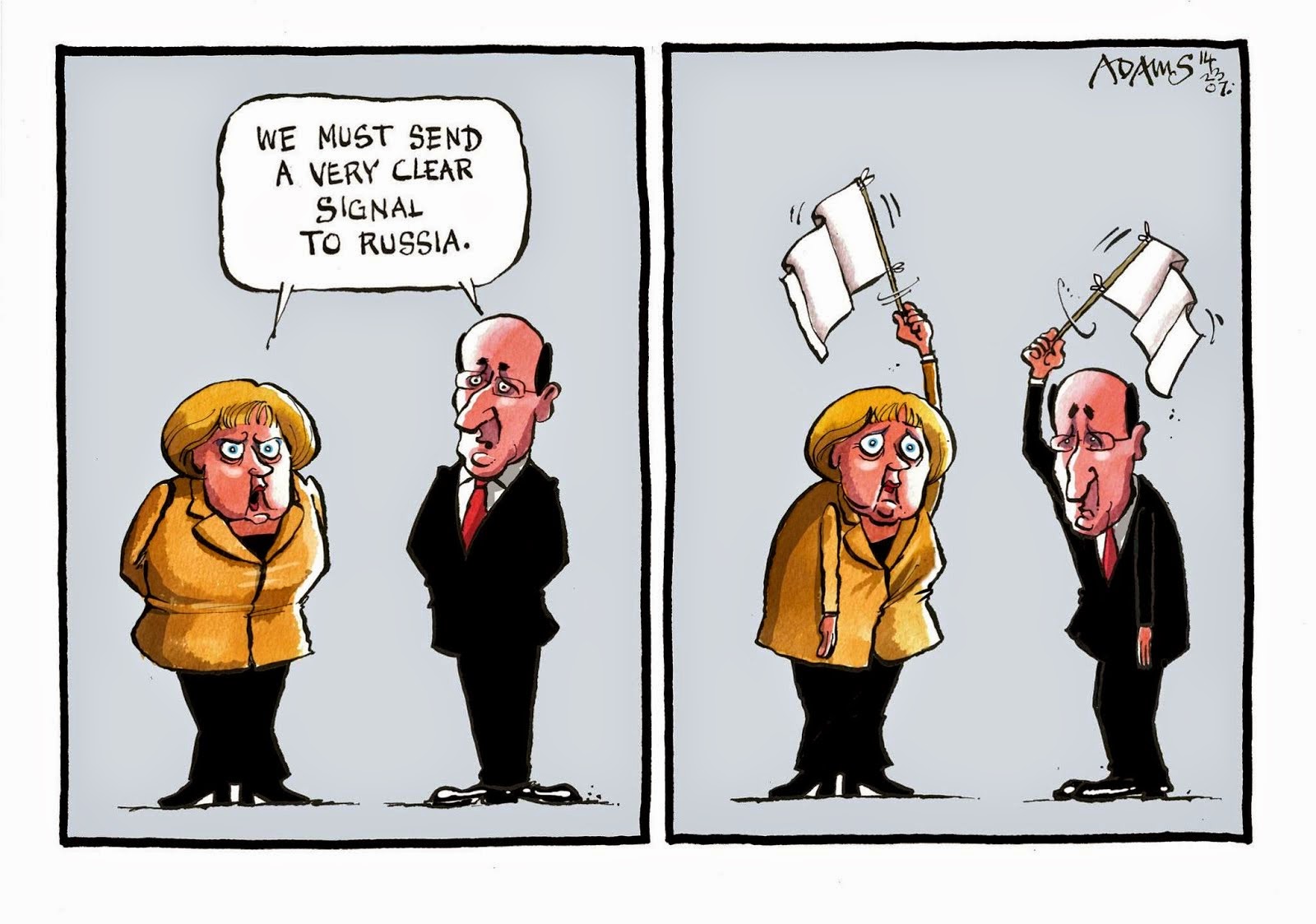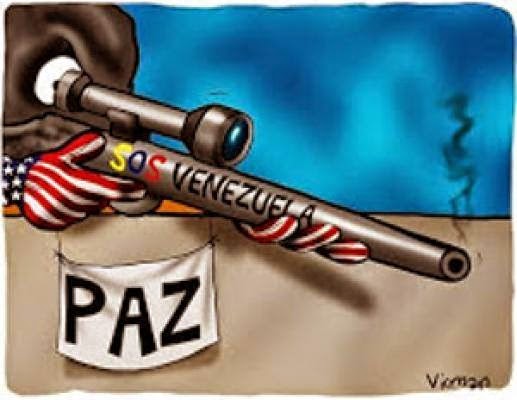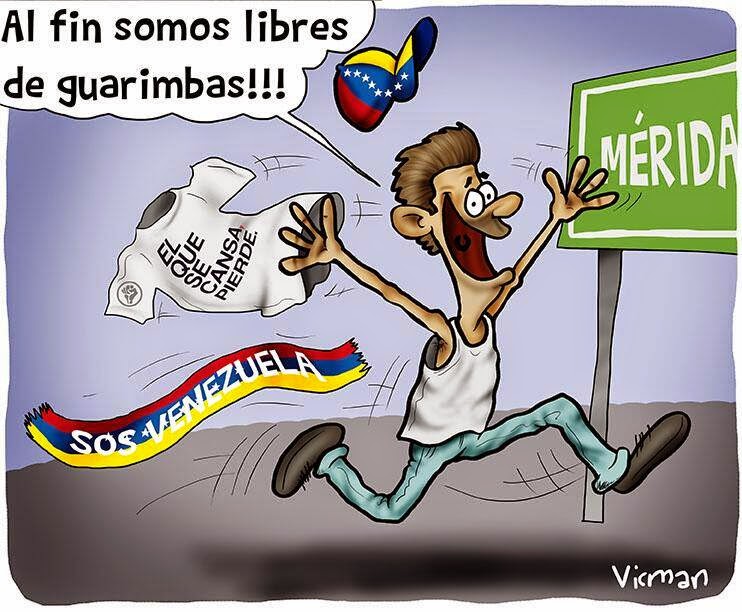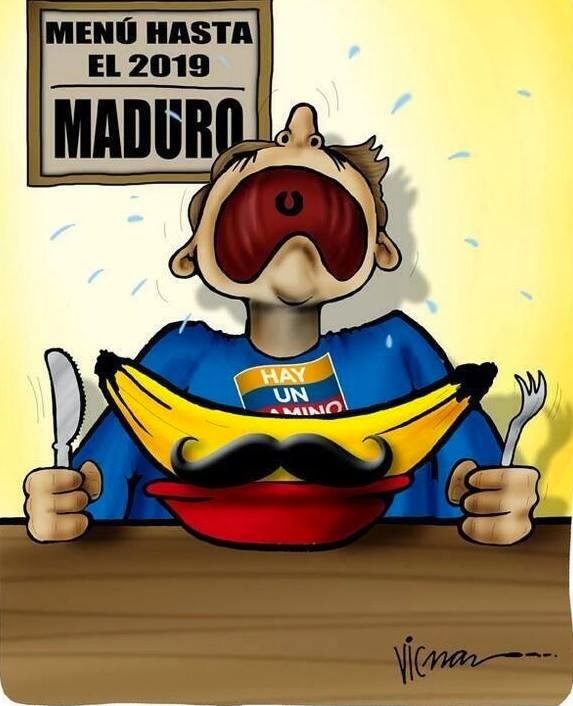Updated on
Photographer: Mahmud Turkia/AFP via Getty Images
- Glencore hires storage tanks in St. Lucia to stow oil
- Prices close to making floating storage financially viable
The
difference between Brent crude for immediate delivery and the price a
year in the future has more more than doubled since July
Globally, Goldman Sachs Group Inc. estimates crude oil supply is outstripping demand by more almost 2 million barrels a day, putting increasing pressure on the world’s storage capacity.
Tanker Tracking
Glencore sent the medium-size Everglades tanker full of North Sea crude to St Lucia on Sept. 9, according to ship-tracking data compiled by Bloomberg. Its rival Vitol sent supertanker Front Ariake, laden with Nigerian crude, to an onshore storage facility in Saldanha Bay in South Africa on Aug. 25.At today’s price levels, traders can store crude onshore, at terminals like St. Lucia and Saldanha Bay and make money. The contango isn’t strong enough yet to allow the use of oil tankers as floating storage facilities, traders said.
Nonetheless, there are signs that floating storage could become economic. Paddy Rodgers, CEO of Euronav, one of the world’s largest owners of oil supertankers said that oil is likely to be stored at sea over the next four to five months.
“If it doesn’t happen this fall, then it’s going to happen next spring unless something gives on supply-demand,” Seth Kleinman, head of energy strategy at Citigroup Inc. in London, said by phone.
Oman Crude
E.A. Gibson Shipbrokers Ltd. estimates that contango levels are getting closer to allowing floating storage for some Middle East oil, such as Oman crude. The 3-month contango on Oman crude near $3 per barrel is almost enough to cover the $3.10 a barrel it estimates would cost to hire a tanker for floating storage.The main obstacle to contango trades is the cost of storage, both onshore and offshore. In 2008 and 2009, the last time the oil market was as oversupplied as today, the storage companies and shipping firms were slow to increase rates, allowing the traders who used their tanks to take an unusually large slice of the contango profit. This time, the split between tank owners and traders is more even.
Even so, the stronger contango signals a boom for oil traders if history is any guide.
Vitol had record income of $2.28 billion in 2009, during the last big contango, up from $1.36 billion in 2008, according to the company’s accounts. BP Plc, which has a large trading division, said it made an extra $350 million in oil trading during the first quarter, in part thanks to a strong contango.







































